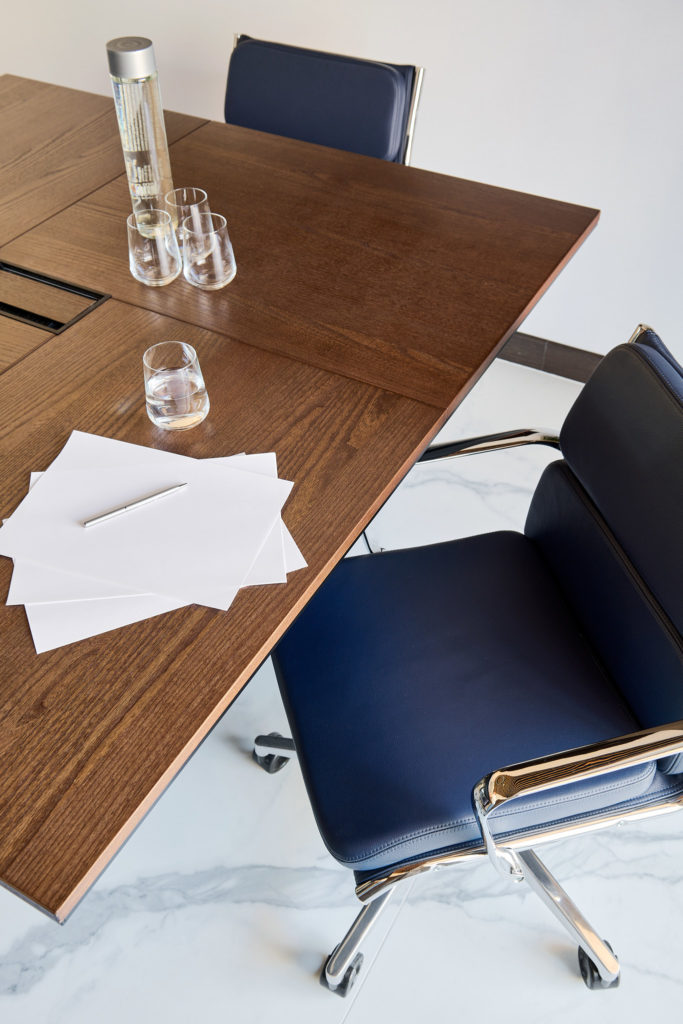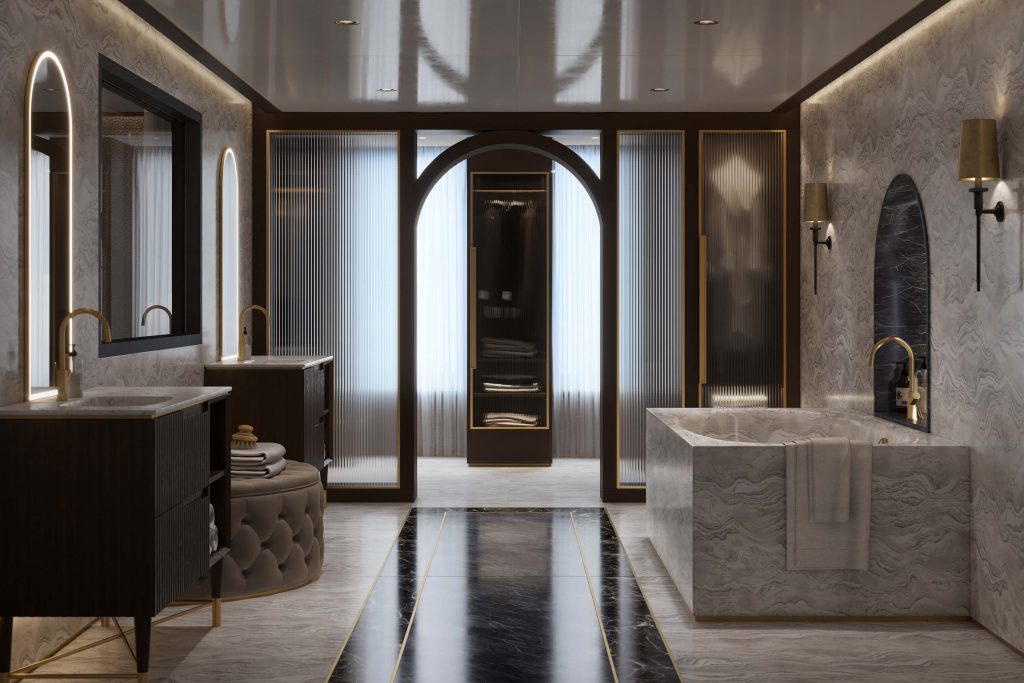Interior Designer Advice – Q&A
In this series, we will answer your burning questions related to all things interior design. If you want to reach out to us with your interior design queries you can do so here: CONTACT
How interior designers can add value to your renovation?
Interior designers can add significant value to your renovation project in several ways:
Design expertise: Interior designers are trained professionals who have extensive knowledge and experience in designing functional and aesthetically pleasing spaces. They can help you create a design plan that meets your needs, style, and budget.
Space optimization: An interior designer can assess your current space and provide creative solutions to maximize the functionality and usability of your space. They can help you reconfigure your layout, suggest space-saving solutions, and provide custom storage options.
Material and product selection: With access to a wide range of materials and products, interior designers can help you choose the best quality, cost-effective, and durable materials that fit your design and budget. They can also help you source unique and custom-made products to make your space stand out.
Budget management: Interior designers can help you set a realistic budget for your project and make sure that you stay within it. They can provide cost estimates for each phase of the project and help you prioritize your spending based on your needs and goals.
Project management: Interior designers can oversee the entire renovation project from start to finish, ensuring that everything runs smoothly and on schedule. They can liaise with contractors, suppliers, and other professionals to ensure that your vision is executed to your satisfaction.

When is the best time to plan an interior design project?
The best time to plan an interior design project depends on several factors, including the size and scope of the project, your personal schedule, and the availability of the interior designer or contractor.
Here are some general guidelines to consider:
Start early: If you have a large or complex project, it’s best to start planning as early as possible to allow enough time for research, budgeting, and design development. This is especially true if you want to complete the project by a specific date, such as a holiday or event.
Consider seasonal factors: Certain times of the year may be more conducive to interior design projects than others. For example, if you plan to renovate your outdoor space, it’s best to plan it during the warmer months when outdoor living is more comfortable.
Plan around your schedule: If you have a busy work schedule or personal commitments, it’s best to plan your project around your availability to minimize disruptions to your daily routine.
Coordinate with professionals: If you plan to work with an interior designer, contractor, or other professionals, it’s important to coordinate your schedule with theirs to ensure that they are available to work on your project when you need them.
In general, it’s best to plan an interior design project as soon as you have a clear idea of what you want to achieve and have the resources available to make it happen. This can help you avoid delays, save time and money, and ensure that your project is completed to your satisfaction.

How will an interior designer present their concept and ideas?
An interior designer can present their design concept and ideas in a variety of ways, including:
Concept boards: Concept boards are visual representations of the design concept that include images of the furniture, finishes, colour schemes, and decorative elements. This helps the client to visualize the overall look and feel of the space.
Floor plans: Floor plans are diagrams that show the layout of the space, including the placement of furniture, fixtures, and other elements. This helps the client to understand the flow of the space and how it will function.
3D renderings: 3D renderings are computer-generated images that provide a realistic visual representation of the finished design. This helps the client to visualize the space from different angles and perspectives.
Material boards: Material boards include samples of fabrics, finishes, and materials that will be used in the design. This helps the client to see and touch the actual materials that will be used in the space.
Sketches and drawings: Sketches and drawings are hand-drawn illustrations that help to communicate specific design details, such as the placement of lighting, built-in cabinetry, or decorative elements.
Virtual reality: With the help of technology, interior designers can create virtual reality experiences that allow the client to experience the space in a fully immersive way. This can provide a highly realistic and interactive way for the client to experience the design concept.
Overall, the presentation of the design concept and ideas will depend on the individual interior designer and the specific needs and preferences of the client.
To see more of our news and blog posts, follow the link HERE. Additionally, if you want to keep up to date with the progress on our projects you can follow us on Instagram. We regularly post updates on our international projects!


